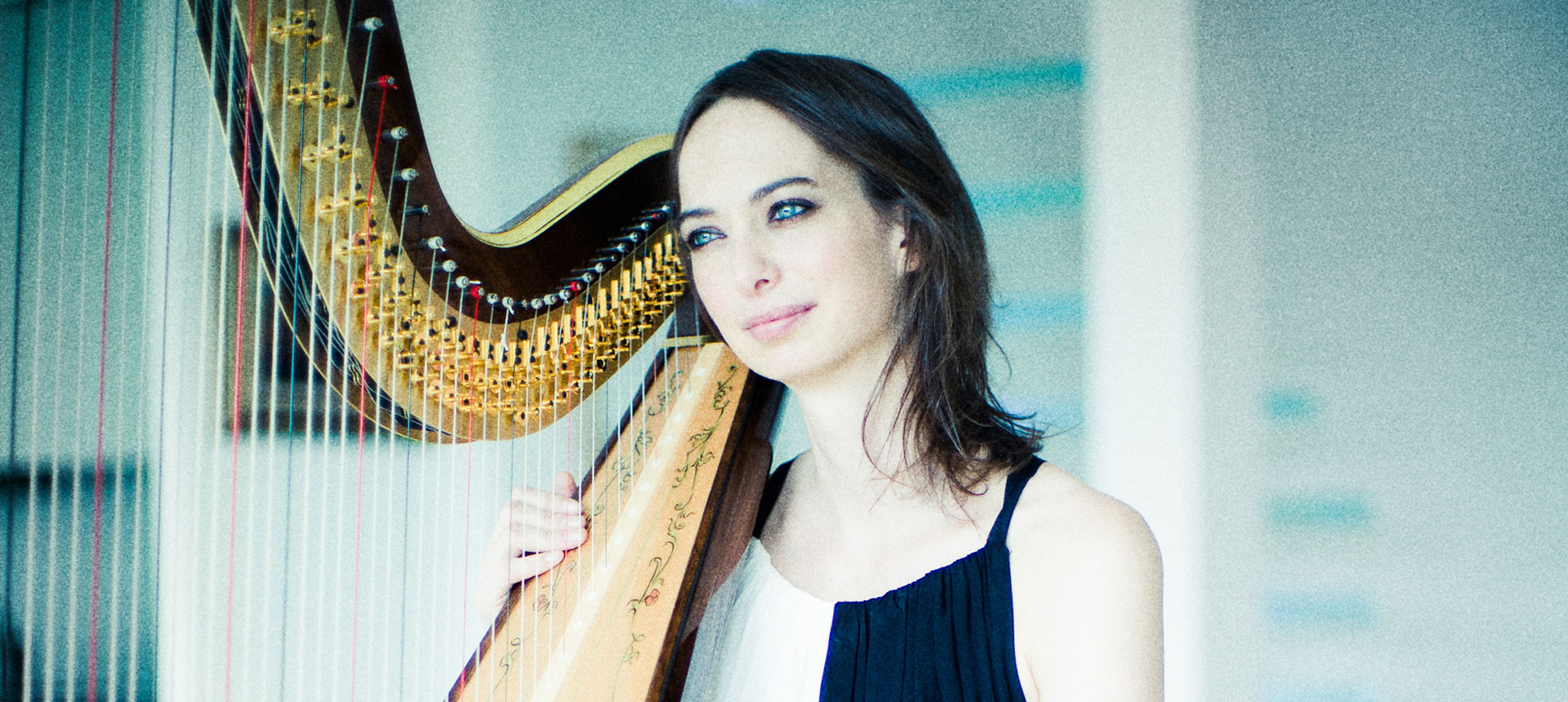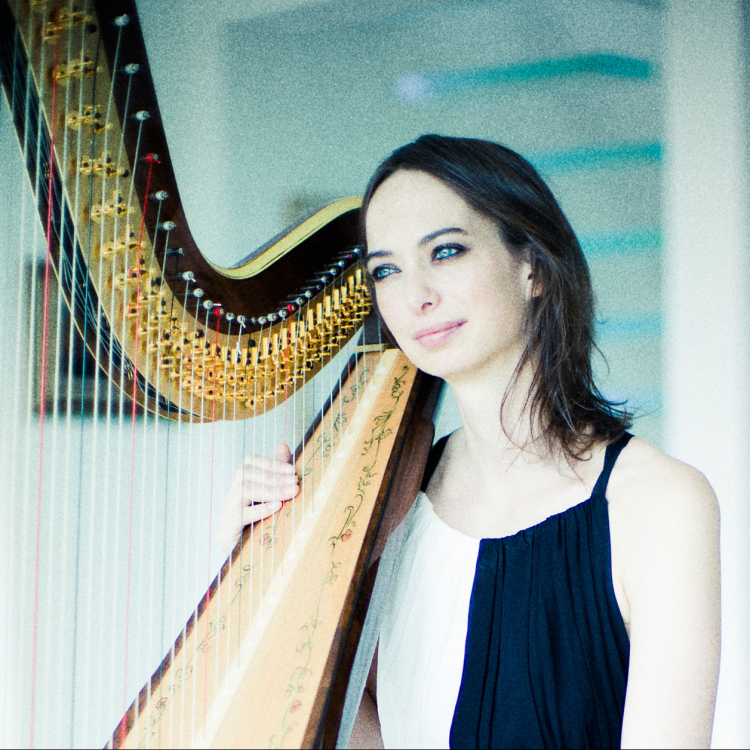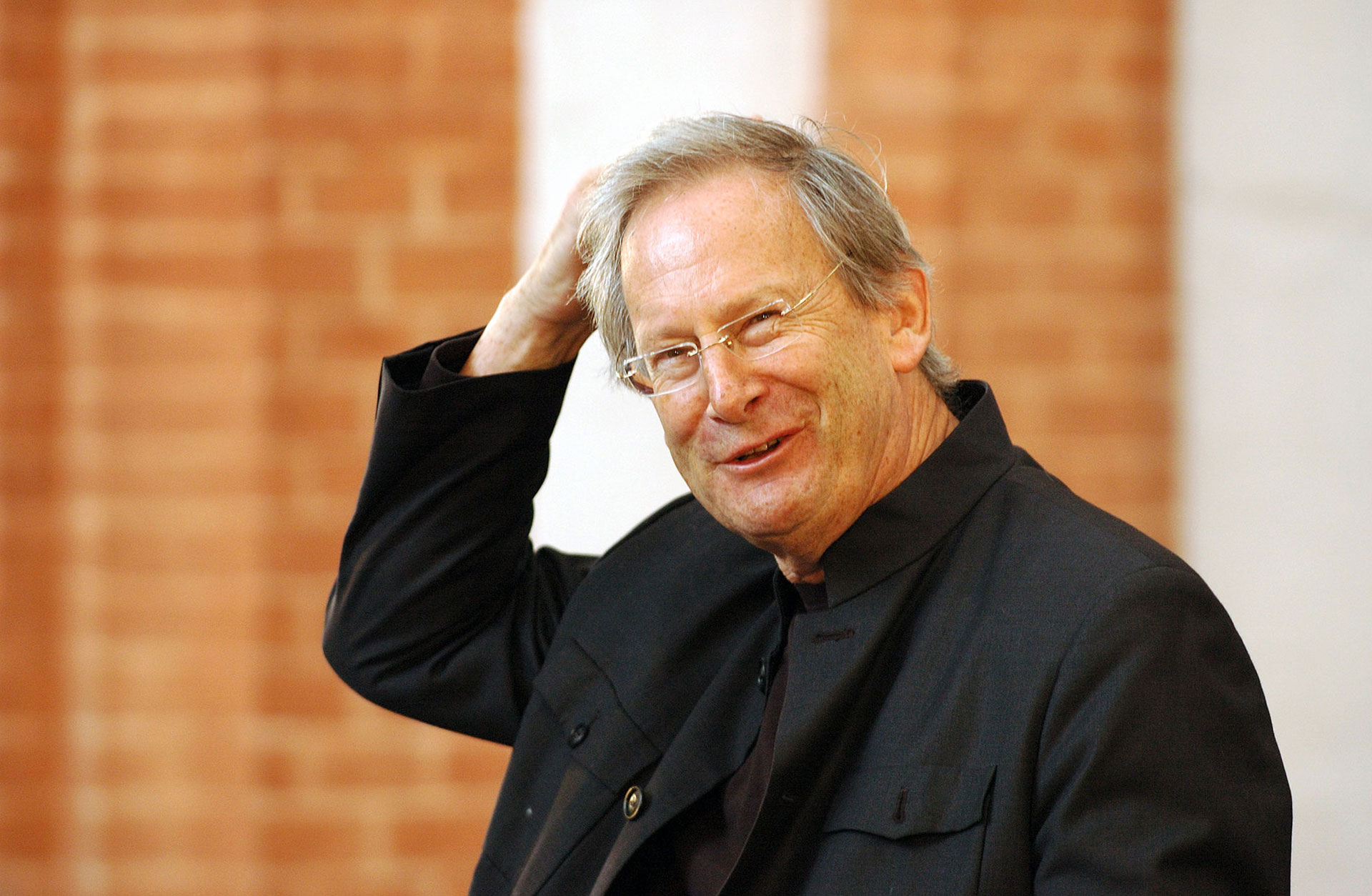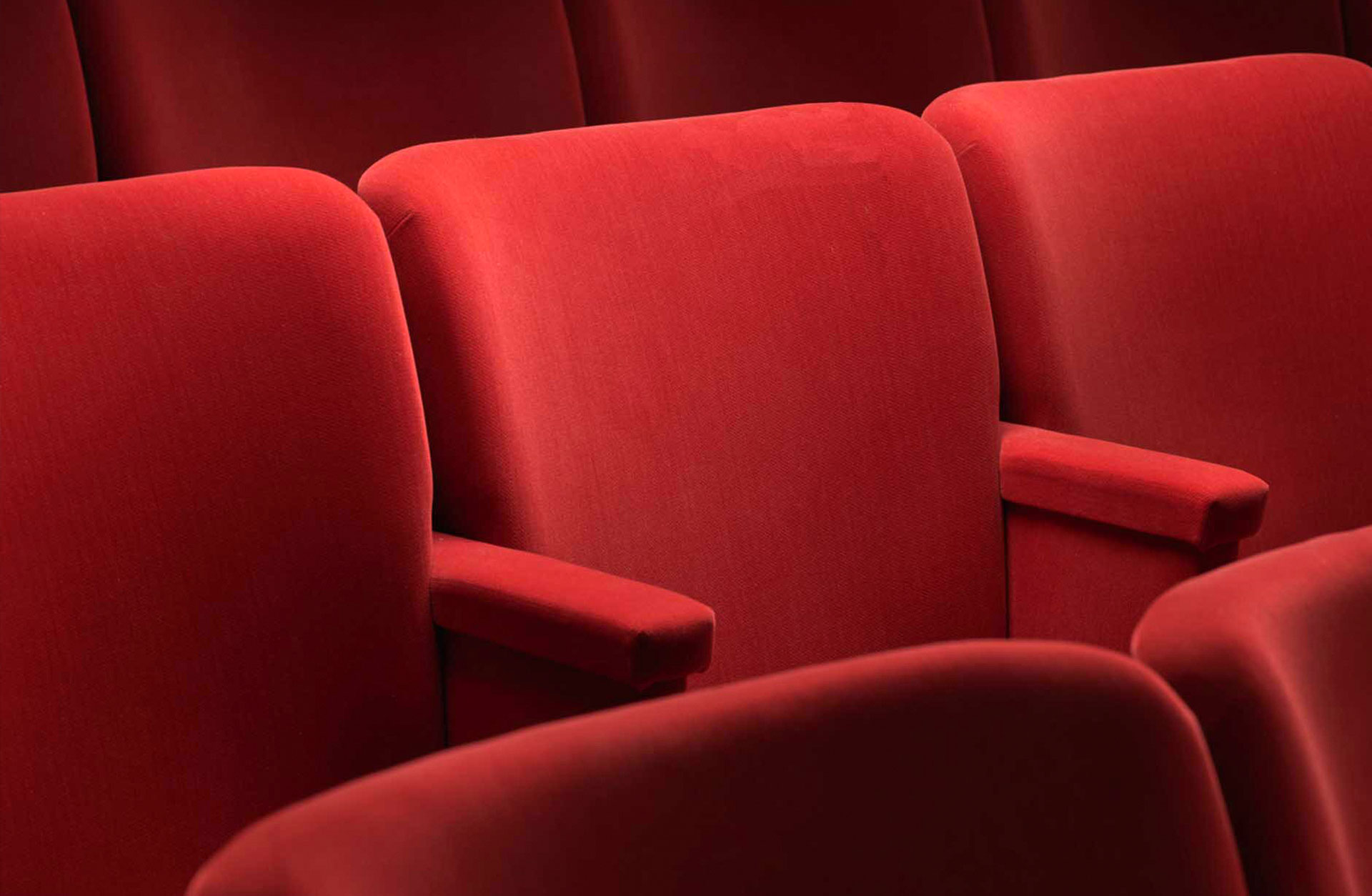Cart
Your cart is empty
Your cart is empty
List is empty
Press ESC to close the search field



Event has already taken place. Warming, dazzling and wonderfully surprising with the Gothenburg Symphony Orchestra, Sir John Eliot Gardiner conductor and Gwyneth Wentink harp. The evening opens the Harp Festival which takes place in the Concert Hall 17-19 May.
Welcome the spring with the Gothenburg Symphony, with music that is like the first rays of sunshine in the month of May – warming, dazzling and wonderfully surprising.
The concert opens with Argentinian composer Ginastera’s sparkling sparkling harp concerto with Gwyneth Wentink as soloist. Sibelius’ soaring, vibrant Fifth Symphony then blossoms in its full glory, all under the direction of British legend Sir John Eliot Gardiner.

British Sir John Eliot Gardiner is one of the most noted conductors of our time. Above all, he has made himself known as a great Bach interpreter. Gardiner has visited Sweden several times before, including at the Nobel Prize concert. This will be his first performance with the Gothenburg Symphony Orchestra.
The evening opens the Harp Festival, which takes place in Gothenburg Concert Hall 17-19 May.
Enjoy free evening music in the foyer when the Gothenburg Symphony’s concert has ended. There will be folk music from Sweden and Ireland to relaxed tones from the harp. Soloist is national fiddler Erik Ask-Upmark!y.
Get to know the classical pieces.

Here you will find all the necessary information that you need to know about before your magical visit in the Concert Hall.
Invite yourself or someone you like to an experience for all the senses. Welcome to visit the Concert Hall's restaurant or one of our foyer bars.